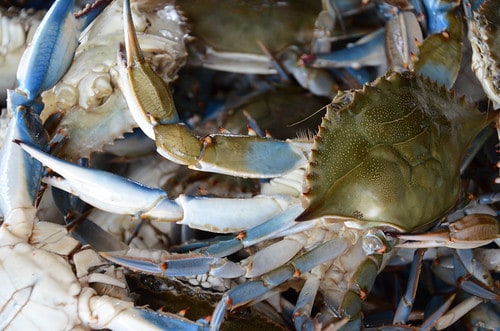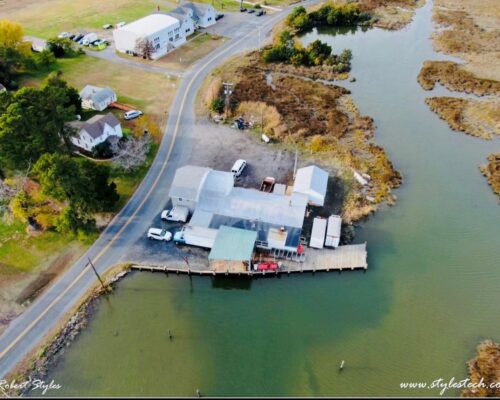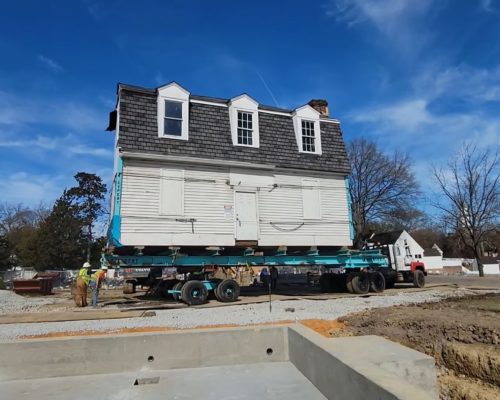Results are in from the annual winter snapshot of the Chesapeake Bay’s crab population are in, and it’s a mixed bag.
The 2021 Blue Crab Winter Dredge Survey, a cooperative estimate from the Maryland Department of Natural Resources (DNR) and Virginia Institute of Marine Science (VIMS), shows strong numbers for the female crab population in 2021, but total crab abundance was below average and the number of juvenile crabs was at an all-time low.
Spawning-age female crab abundance increased from 141 million in 2020 to 158 million. That’s well above the long-term average of 126 million spawning-age females. It’s a good sign for future crab populations.
“Protecting spawning age females is a critical component to maintaining a healthy and sustainable blue crab population,” Maryland Department of Natural Resources Secretary Jeannie Haddaway-Riccio said. “We are pleased to report that the cooperative management efforts of our Chesapeake Bay jurisdictions have continued to conserve female crabs within a healthy range.”
But there are still gains to be made with the female population: a stock assessment analysis recently updated the target for spawning-age females to 196 million.
And when it comes to juvenile crab abundance in the winter of 2021, the news is not good. The number of juveniles was estimated at 86 million, the lowest-recorded juvenile abundance in the 32 years since the survey began. DNR and VIMS say they can’t identify a specific cause, but do note that large variations in annual juvenile recruitment to the Chesapeake Bay are normal for blue crabs, because of their reliance on environmental factors such as wind and currents.
The winter survey also shows a below-average adult male crab population, 39 million compared to the long-term average of 77 million. Overall blue crab abundance was a below-average 282 million.
“Blue crab fishery managers will need to keep a close eye on juvenile and male abundance over the summer through our monitoring efforts and to exercise caution moving forward into next year, as these crabs recruit to the fishery,” said Mike Luisi, director of Maryland DNR’s Monitoring and Assessment Division of Fishing and Boating Services.
What’s the impact of these numbers on commercial and recreational crabbers? The Chesapeake Bay Stock Assessment Committee will provide scientific advice for management this month, then DNR and the Blue Crab Industry Advisory Committee will provide guidance on a “course of action for 2021 that promotes the health of the Chesapeake Bay blue crab population and its fisheries.”
The Chesapeake Bay Foundation cautions that the low numbers could be cause for tighter limits on crabs. In a statement, Senior Regional Ecosystem Scientist Chris Moore says, “The reduced abundance of juveniles and males could make crabs scarce later this summer into the fall for those who enjoy eating crabs, and indicates we should remain cautious in our approach to managing this valuable fishery.”
To conduct the Winter Dredge Survey, biologists use dredge equipment to capture, measure, record and release blue crabs at 1,500 sites throughout the Chesapeake Bay from December through March. Detailed results are on the DNR website.
-Meg Walburn Viviano




